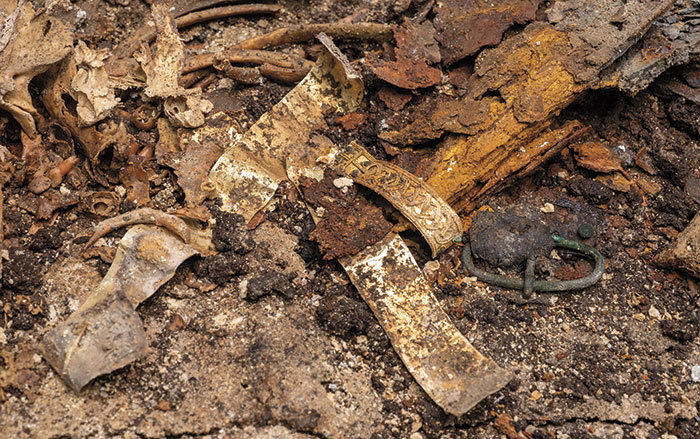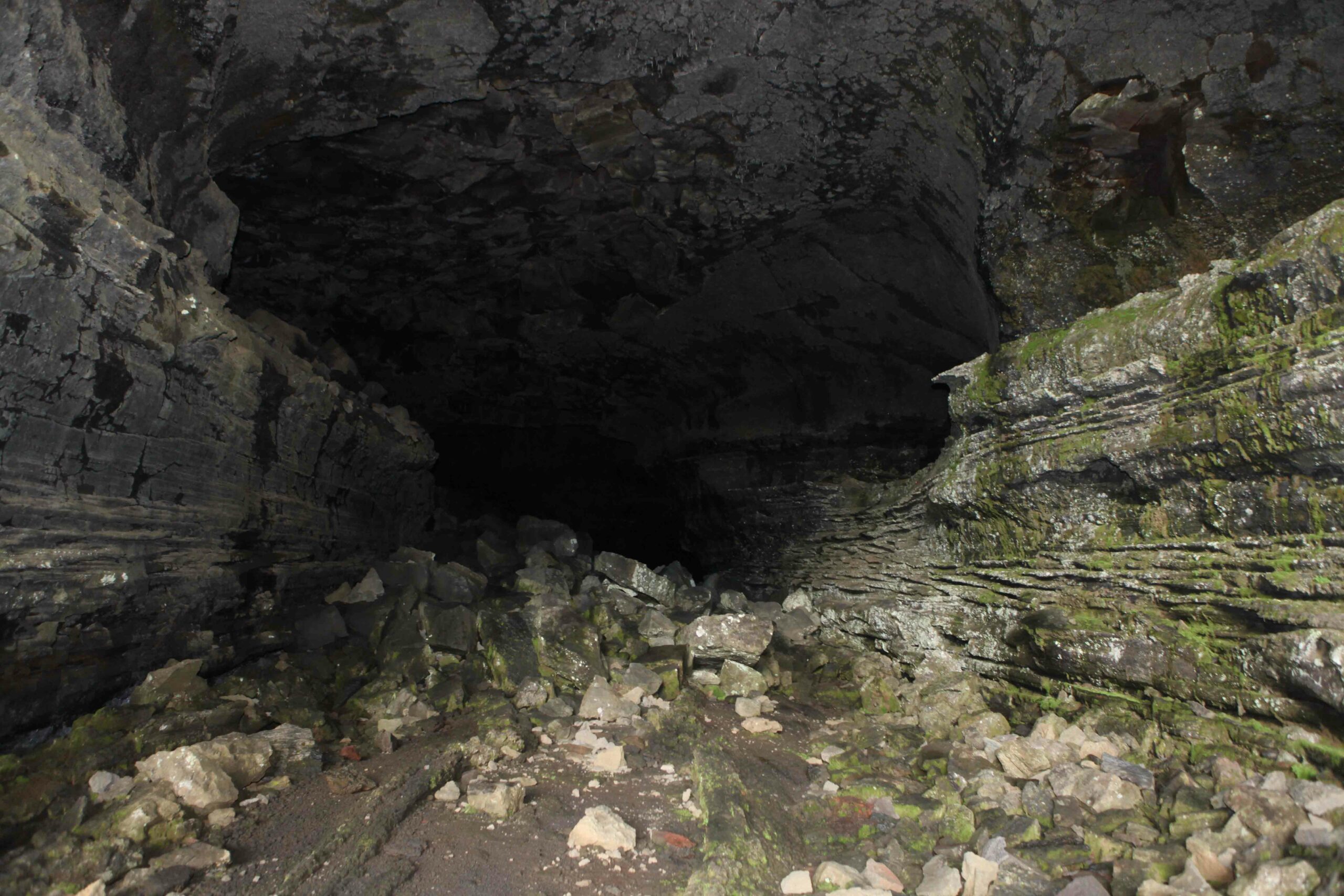
SALT LAKE CITY, UTAH—Modern concrete, when placed in the presence of sea water, erodes over time. According to a report in BBC News, scientists led by Marie Jackson of the University of Utah examined samples of ancient Roman concrete from ancient harbor structures with an electron microscope, X-ray micro-diffraction, and Raman spectroscopy in an effort to learn why it gained strength from exposure to sea water. The tests, conducted at the Lawrence Berkeley National Laboratory, revealed crystals of a rare mineral known as aluminum tobermorite growing throughout the samples of concrete, in addition to a porous mineral called phillipsite. The mineral crystals continued to grow in the Roman mix of volcanic ash and lime, which reinforced the concrete over long-term exposure to sea water. A similar chemical reaction has been detected in underwater volcanoes. “Their technique was based on building very massive structures that are really quite environmentally sustainable and very long-lasting,” Jackson said. To read in-depth about how Romans used concrete, go to "Rome's Lost Aqueduct."










